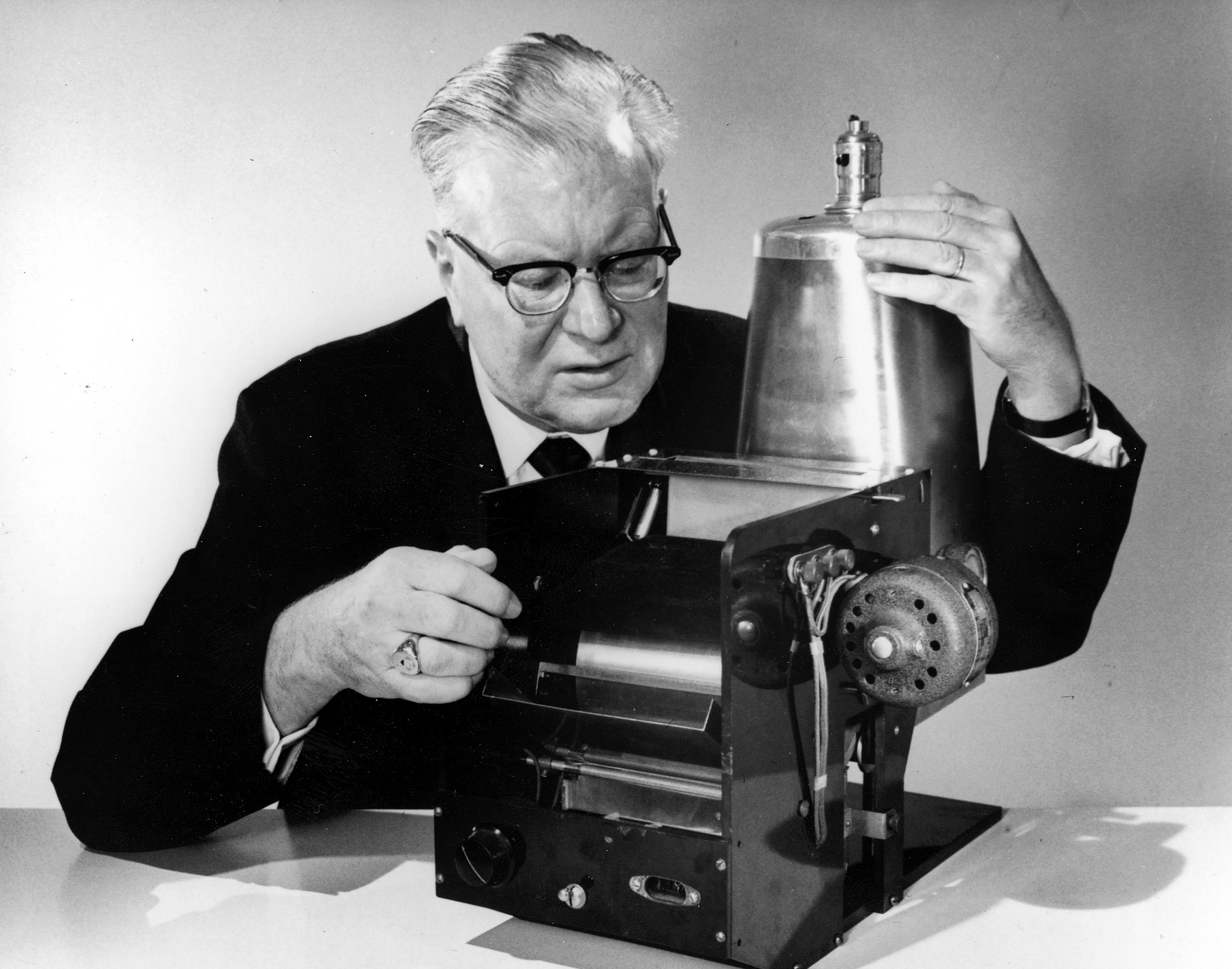A photocopier is a machine that is used to reproduce copies of an original document. It is the inspiration of the fax machine and the printer. The technology behind the photocopier is amazing yet so simple as it utilizes nature to run. This is what Chester Carlson who had junks of documents to reproduce thought and invented a photocopier machine that has revolutionized the world.
The mechanism of a photocopier is generally based on the fact that some materials are better conductors of electricity when exposed to light and that oppositely charged particles attract. With this in mind, Chester devised a photocopier that was developed as the xerography technology. It has continued to advance in design through the ages, and while the modern photocopier still utilizes the initial technology, it is more advanced and more effective so as to meet the increasing demands of modernity.
The following is a step by step guide on the mechanism of the modern photocopier:
-All photocopiers possess inside them light sensitive surface that is called photoreceptors. These photoreceptors are lined with a thin layer of photoconductive material that are applied to a rotatable belt or drum which can be charged with static electricity.
-Then we have the toner particles which can be attracted to the rotatable belt when it is charged with static electricity.
-When photocopying is on, the rotatable belt is partially charged and the toner particles are attracted to those areas that have been charged by the static electricity.
-The paper on whose surface the photo or image is meant to be copied to is charged with static electricity and it pulls the toner off the belt.
-The particles, once they come off the rotatable belt are attached or refused to the paper because the toner is actually heat sensitive.
With that, you have your photocopy.
The modern day photocopier has not deviated much from the initial mechanism. Chester’s photocopier followed a simple process:
-A surface that was photoconductive could be given a positive electrical charge.
-That surface could then be made to face the image of a document.
-The electrical charge then disperses in all the vulnerable areas.
-Then the negatively charged powder sticks to the positively charged areas through electrostatic attraction.
-Then a piece of paper could be placed over the image of the powder and it was given a positive charge.
-The negatively charged powder separates from the photoconductor and attaches to the paper.
-Then finally heat fuses the image to that paper to produce a copy.
That is how the photocopier works now. But as time goes by, and with the fast technological evolution, it is possible that the world may have a more advanced photocopier in future that will utilize more dynamic technology. The current photocopier could be utilizing very simple technology but its impact on human lives is so tremendous as it has determined the very shape of humanity. It is impossible to imagine, in the modern times, of a world without a photocopier. Yet, this thing that is hallowed so much has only very simple technology behind it, but we are grateful for that.

